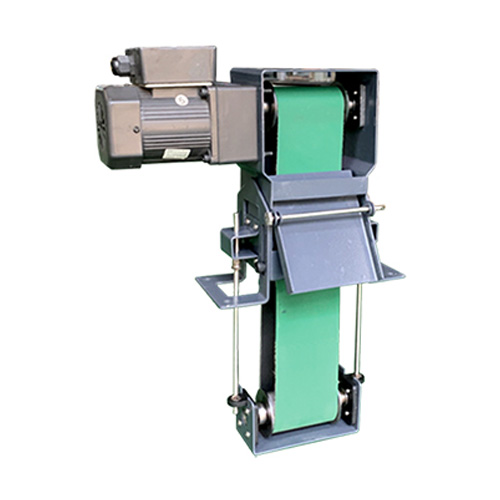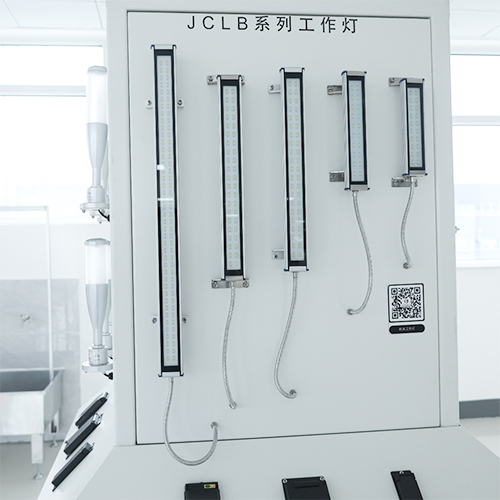-
WhatsAPP: +86 18706448138
-
Tengzhou, Shandong, China

Lathe Mill Buying Guide for Precision Projects
This guide will walk you through the key consideration for purchasing a lathe mill, ensuring you make an informed choice that aligns with your need.
Table of Contents
Introduction

Selecting the right equipment for precision machining projects is a critical decision for hobbyists, small business owners, and professional machinists alike. A lathe mill, a versatile machine combining the capabilities of a lathe and a milling machine, is an essential tool for creating intricate parts with high accuracy. This guide will walk you through the key considerations for purchasing a lathe mill, ensuring you make an informed choice that aligns with your project needs. From understanding the machine’s core functions to evaluating specifications and accessories, we’ll cover everything you need to know to find the perfect lathe mill for your precision projects.
Understanding the Role of a Lathe Mill in Machining
A lathe mill is a hybrid tool that performs both turning and milling operations. The lathe component rotates a workpiece against a cutting tool to shape it, while the milling component uses a rotating cutter to remove material from a stationary workpiece. This dual functionality makes the lathe ideal for crafting complex parts, such as gears, shafts, and custom components, with tight tolerances. Whether you’re working on metal, plastic, or wood, this machine offers the flexibility to handle a wide range of materials and applications, making it a staple in workshops focused on precision.
Key Features of a Lathe
When evaluating a lathe mill, it’s essential to understand its core features. These machines typically include a spindle for turning operations, a milling head for cutting, and a worktable for securing materials. Additional features like variable speed controls, digital readouts (DRO), and power feeds enhance precision and ease of use. Look for models with robust construction, such as cast iron frames, to ensure stability during operation. Understanding these features will help you determine which lathe best suits your project requirements.
Factors to Consider When Buying a Lathe Mill

Purchasing a lathe involves balancing several factors, including size, power, precision, and budget. Below are the critical considerations to guide your decision-making process.
Workpiece Size and Machine Capacity
The size of the workpieces you plan to machine will dictate the lathe mill’s required capacity. Check the swing (the maximum diameter of the workpiece the lathe can handle) and the distance between centers for turning operations. For milling, consider the table size and travel distance in the X, Y, and Z axes. Ensure the machine can accommodate your largest planned projects while leaving room for future needs.
Motor Power and Speed Range
The motor power of a lathe determines its ability to handle tough materials like steel or titanium. Most models range from 1/2 HP to 3 HP, with higher horsepower suited for heavy-duty tasks. Variable speed controls are crucial for adapting to different materials and cutting conditions. A broad speed range, typically between 50 and 2500 RPM, allows for greater versatility in precision projects.
Precision and Accuracy Specifications
For precision work, the lathe mill’s accuracy is paramount. Look for machines with tight tolerances, typically within 0.001 inches for high-end models. Features like backlash adjustment, high-quality bearings, and precision-ground components contribute to consistent results. Digital readouts and CNC compatibility can further enhance accuracy, especially for complex geometries.
Comparing Manual vs. CNC Lathe
One of the biggest decisions when purchasing a lathe mill is choosing between a manual or CNC (Computer Numerical Control) model. Manual lathe are operated by hand, offering greater control for custom, one-off projects. They are generally more affordable and easier to maintain but require more skill and time. CNC lathe mills, on the other hand, use computer programming to automate operations, making them ideal for repetitive tasks and high-volume production. While CNC models are more expensive and require programming knowledge, they excel in precision and efficiency.
Manual Lathe Advantages
Manual lathe are well-suited for hobbyists and small workshops. They allow for hands-on control, which is ideal for prototyping and custom work. These machines are typically less expensive upfront and have lower maintenance costs, making them a practical choice for budget-conscious buyers.
CNC Lathe Benefits
CNC lathe shine in applications requiring repeatability and complex designs. By automating movements, they reduce human error and increase production speed. For businesses producing large quantities of parts, a CNC lathe can save significant time and labor costs, though it requires investment in software and training.
Essential Accessories for a Lathe Mill

To maximize the functionality of your lathe mill, consider investing in accessories that enhance its capabilities. Common accessories include tool holders, chucks, collets, and cutting tools. A quick-change tool post can speed up tool changes, while a DRO system improves precision. Coolant systems are also valuable for managing heat during prolonged machining sessions. Ensure compatibility between accessories and your chosen lathe to avoid operational issues.
Lathe Mill Specifications Comparison Table
The following table outlines key specifications to consider when evaluating different lathe mill models. This comparison focuses on general features rather than specific brands to help you understand what to prioritize.
| Feature | Description | Considerations |
|---|---|---|
| Swing Over Bed | Maximum workpiece diameter for turning | Ensure it accommodates your largest workpieces |
| Distance Between Centers | Maximum length of workpiece for turning | Check for sufficient length for your projects |
| Table Size (Milling) | Dimensions of the milling worktable | Larger tables support bigger workpieces |
| Spindle Speed Range | Range of RPM for turning and milling | Wider ranges offer more material versatility |
| Motor Power | Horsepower of the machine’s motor | Higher HP for tougher materials |
| Weight | Total weight of the machine | Heavier machines provide better stability |
| CNC Compatibility | Whether the machine supports CNC upgrades | Useful for future automation needs |
| Digital Readout (DRO) | Availability of digital precision measurement | Enhances accuracy for complex projects |
| Tool Post Type | Type of tool post (e.g., quick-change or standard) | Quick-change posts improve efficiency |
This table serves as a starting point for comparing lathe mill models. Use it to narrow down options based on your specific project requirements.
Balancing Cost and Quality
When setting your budget, prioritize features that align with your needs. For example, if you primarily work with soft materials like aluminum, a lower-powered machine may suffice. However, for heavy-duty tasks, investing in a more powerful lathe mill with robust construction is worth the extra cost. Consider refurbished or used machines from reputable sellers to save money without sacrificing quality.
Safety Features to Look for in a Lathe Mill
Safety is a critical consideration when operating a lathe. Look for machines with emergency stop buttons, safety guards, and overload protection to prevent accidents. Some models include interlock systems that prevent operation unless all components are securely in place. Additionally, ensure the machine has clear, accessible controls and a stable base to minimize vibration during use. Proper training and adherence to safety protocols are also essential for safe operation.
Maintenance and Longevity of a Lathe Mill

To ensure your lathe mill remains in top condition, regular maintenance is key. This includes lubricating moving parts, checking for wear on components like belts and bearings, and keeping the machine clean from debris. Choose a model with accessible parts and a strong manufacturer support network for repairs and replacements. A well-maintained lathe can last for decades, providing reliable performance for countless precision projects.
Tips for Extending Machine Life
Regularly inspect your lathe mill for signs of wear, such as unusual noises or vibrations. Follow the manufacturer’s maintenance schedule, and use high-quality cutting tools to reduce strain on the machine. Store the lathe in a dry, dust-free environment to prevent corrosion and damage.
Conclusion
Choosing the right lathe mill for your precision projects requires careful consideration of your needs, budget, and the machine’s capabilities. By evaluating factors like size, power, precision, and accessories, you can find a lathe mill that delivers consistent, high-quality results. Whether you opt for a manual or CNC model, investing in a reliable machine will enhance your ability to tackle complex machining tasks. Ready to take your projects to the next level? Contact us today to explore our range of lathe mills and find the perfect fit for your workshop.
FAQ
What is the difference between a lathe and a lathe mill?
A lathe rotates a workpiece against a cutting tool for turning operations, while a lathe mill combines turning and milling functions, allowing for more complex machining tasks.
Can a lathe mill handle both metal and wood?
Yes, most lathe mills are versatile enough to work with various materials, including metal, wood, and plastic, provided you use the appropriate cutting tools and settings.
How often should I maintain my lathe mill?
Regular maintenance, including lubrication and cleaning, should be performed monthly or as recommended by the manufacturer. Inspect critical components like bearings and belts quarterly.


